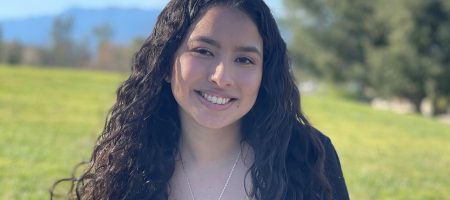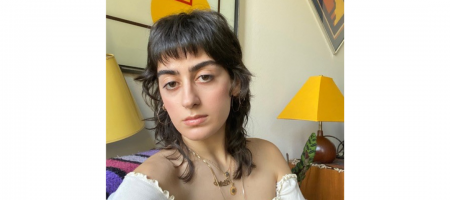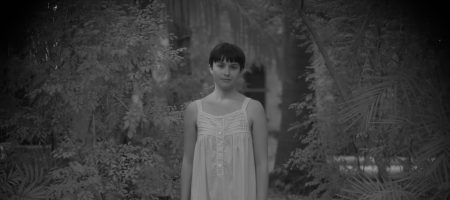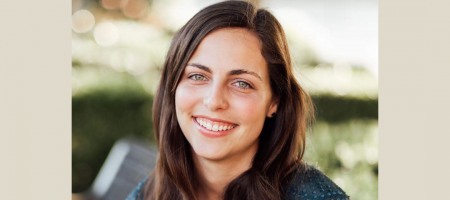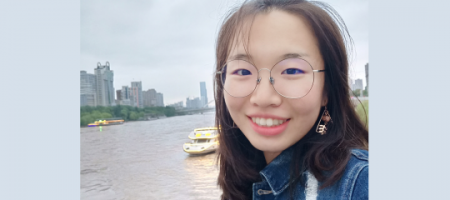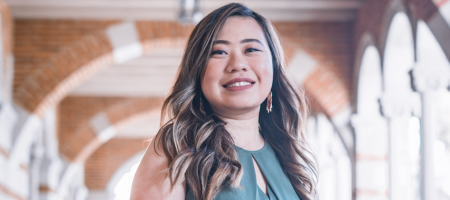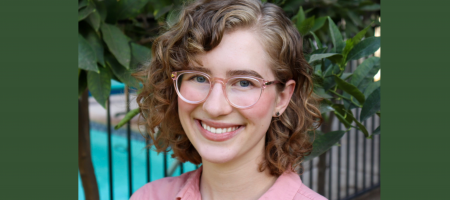Student Spotlight – Daisy Ramirez
Meet fourth-year undergraduate researcher Daisy Ramirez!
Daisy Ramirez majors in Psychology and minors in Education and Disability Studies and is in our Undergraduate Research Scholars Program (URSP). The title of her project is ” Relationships Between Sleep Disturbances, Depression, and Academic Achievement in Latinx Youth: Moderation by Generational Status and Family Conflict.” She hopes to bring light to the different educational trajectories Latinx students undergo based on their generational status. Her best piece of advice is to find a topic you’re interested in and go for it!
How did you first get interested in your research project?
As a first-generation Latina college student, I faced many challenges throughout my educational experience. Growing up I resented my up bring because I had little to no resources at home. My immigrant parents were not able to assist me in academia and I was forced to figure everything out on my own. At a young age, I assumed that later generations (second/third generations) were more fortunate because they had a “head start.” However, I later learned that this is not necessarily true. According to the immigration paradox, first-generation students display higher academic achievements than those of later generations because of the strong desire of obtaining better economic and educational opportunities. All in all, my identity sparked my research topic, and I am also looking into other variables, such as sleep disturbances and depression, which may also influence Latinx youth’s academic achievements.
What has been the most exciting aspect of your research so far?
I have enjoyed every aspect of my research project! I have analyzed an extensive amount of literature on a variety of different variables and I am also learning how to use the Statistical Package for the Social Sciences (SPSS). However, if I had to pick one aspect, then it would be running statistical analyses because I am able to see the results from a sample of 1,271 Latinx students aged 9-10 across the United States.
What has surprised you about your research or the research process?
With this being my first independent research project, I was surprised at how difficult it was to settle on one research question. The task of identifying and tackling a novel topic was difficult because I tried combining multiple topics into one. With the support from my mentor Blanche Wright (M.A) and faculty mentor Dr. Anna Lau I was able to combine my ideas into one concise topic.
What is one piece of advice you have for other UCLA students thinking about doing research? Find a topic you’re interested in and go for it! I was extremely intimated at first because I did not think I was good enough, but the research field is a learning process. Enroll in research methodology classes, coding courses, and apply to any program/lab you’re interested in!
What effect do you hope your research has in your field, at UCLA, in your community, or in the world?
I hope my research brings light to the different educational trajectories Latinx students undergo based on their generational status. I also hope it encourages other first-generation students to strive in all aspects of their life, but especially within the education system!


